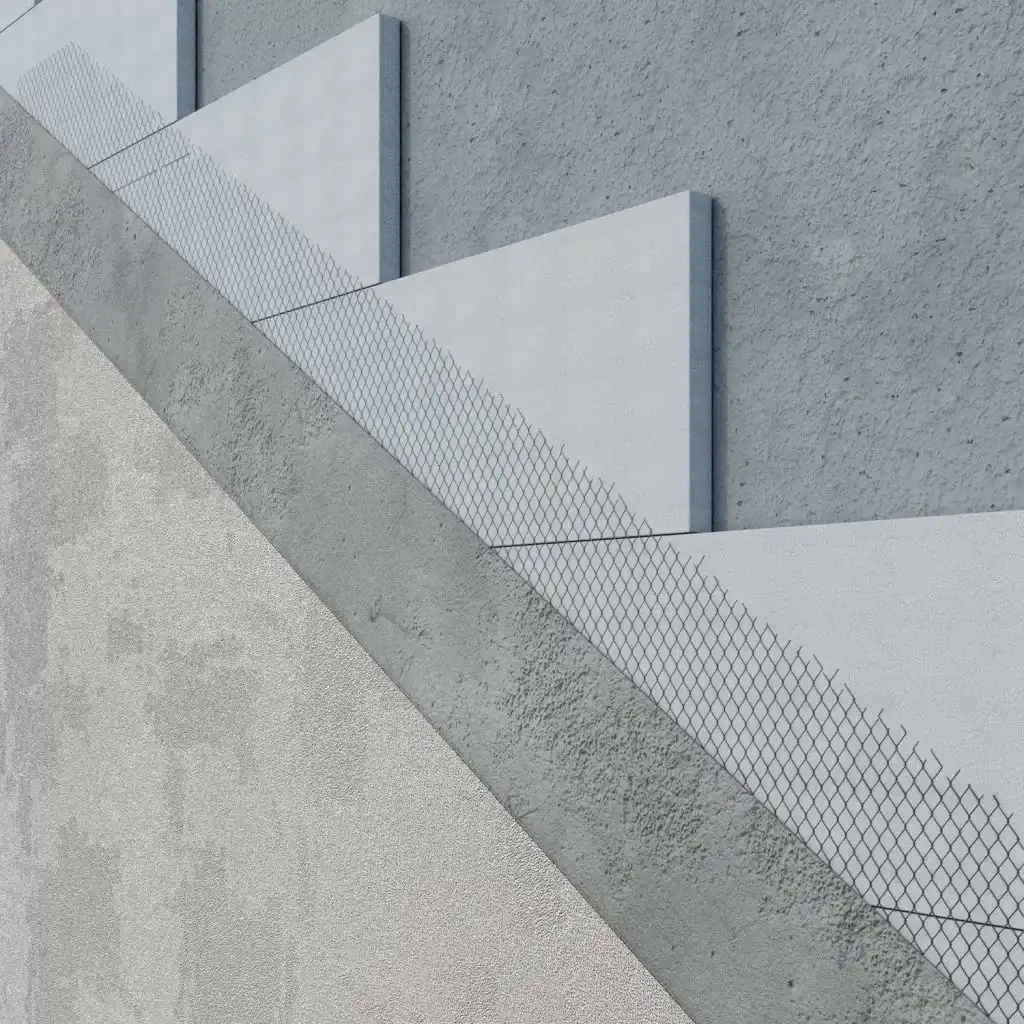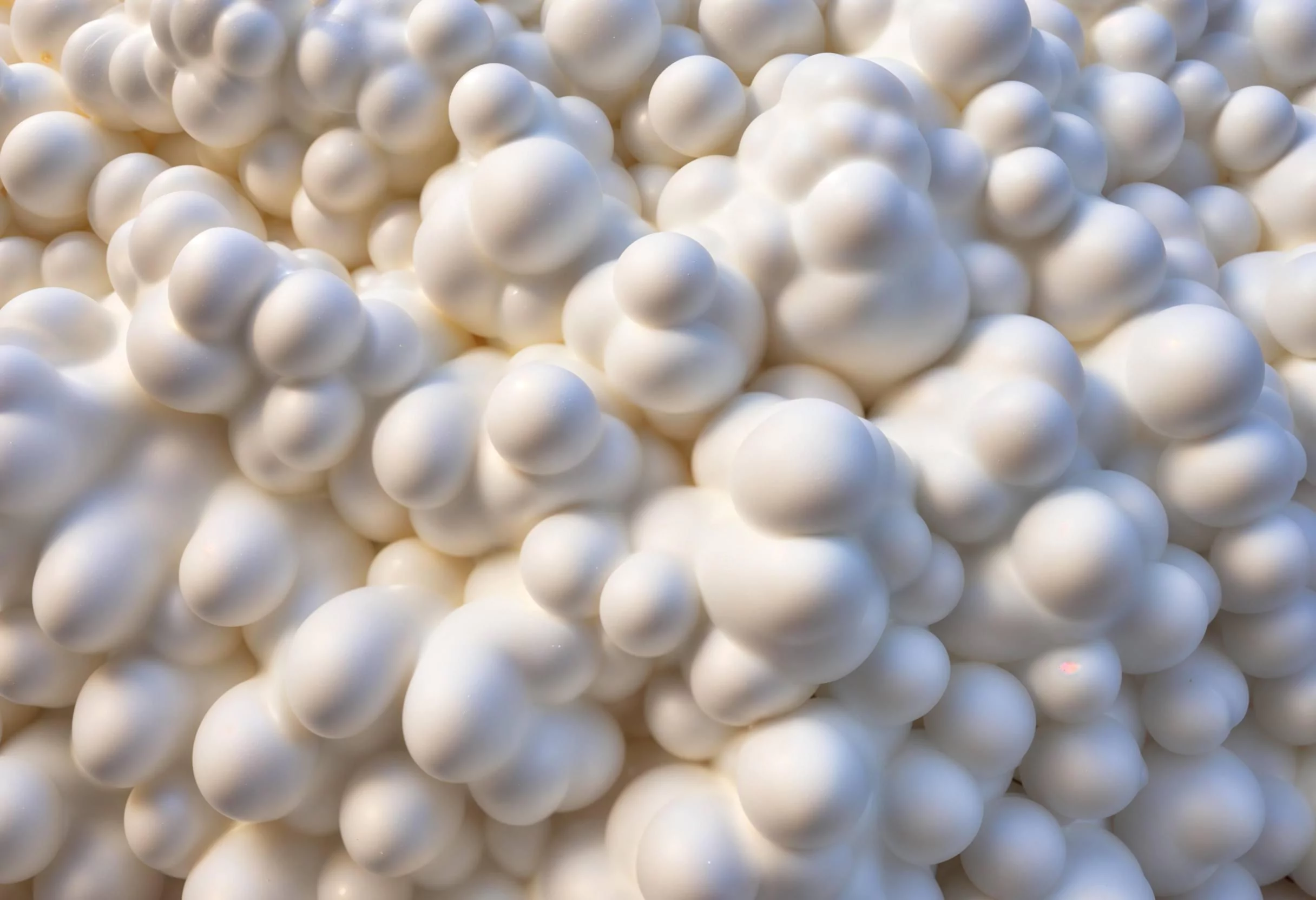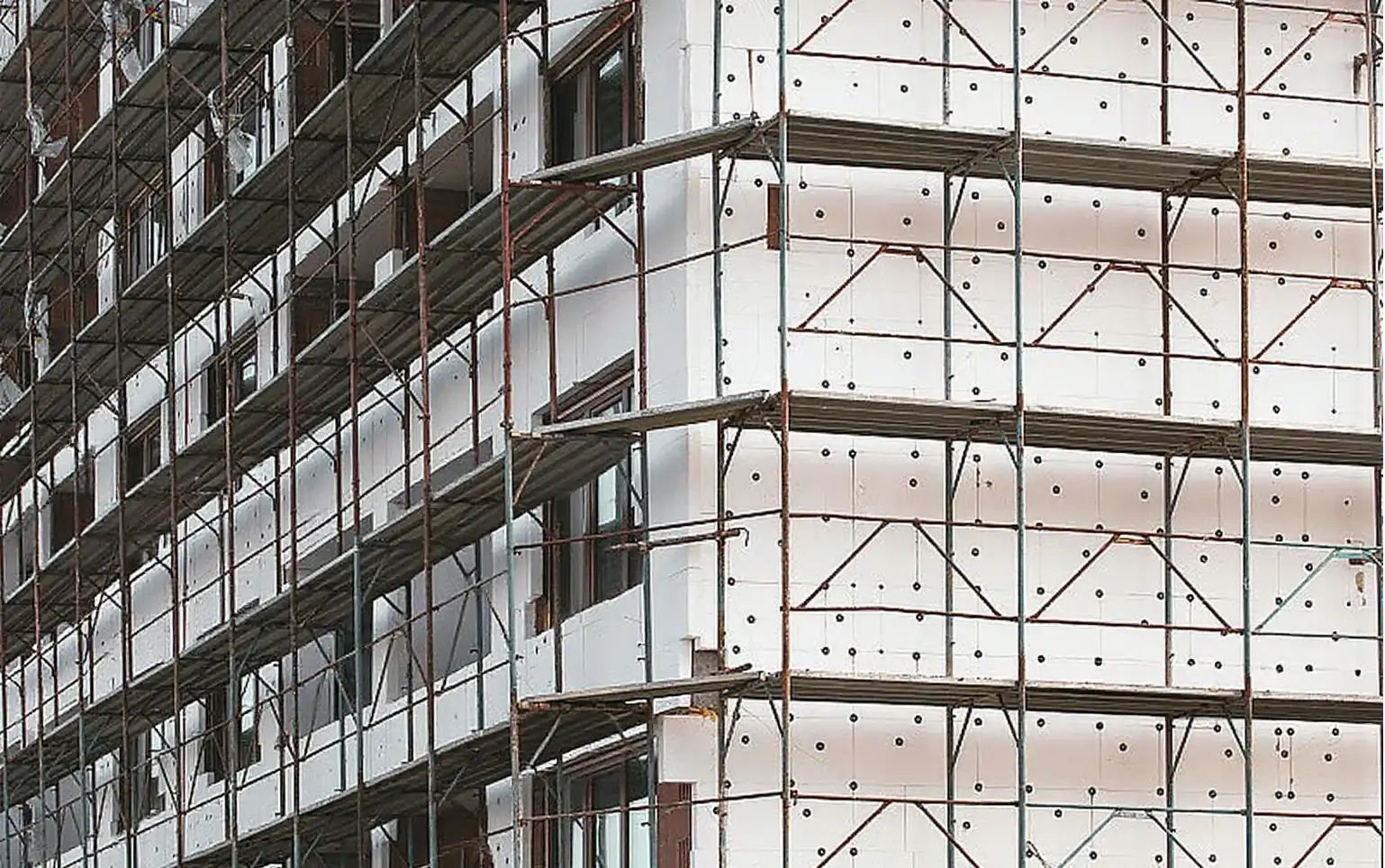Insulation is super important for saving energy and keeping homes and buildings cozy. Among the many stuff used for insulation, polystyrene foam beads—especially expanded polystyrene (EPS)—stand out because they’re cheap, work great at blocking heat, and are easy to put in place. One big thing to look at with any insulation material is its R-value, which shows how well it stops heat from moving. This article dives deep into the R-value of polystyrene beads insulation, looking at what they’re made of, their good points, their downsides, the rules they need to follow, and where you can get them.

Overview of Polystyrene Foam Beads as an Insulation Material
Polystyrene foam beads are small, round bits made from a special kind of plastic called expandable polystyrene resin. When heated up, these tiny beads puff up into light materials that are perfect for insulation, whether they’re loose or shaped into solid forms.
Composition and Physical Properties of Polystyrene Foam Beads
These foam beads are built from tiny units of styrene that join together to make a bendy plastic. They’re puffed up with a gas called pentane, which creates little closed pockets full of air. These air pockets are awesome at stopping heat from getting through.
The material ends up being super light but still strong. Plus, it doesn’t let heat pass easily. The closed pockets also help it resist water and stay sturdy for a long time.
Comparison Between Expanded Polystyrene (EPS) and Other Forms
EPS is one of the most popular types of expanded polystyrene used in building stuff. When you put it next to extruded polystyrene (XPS), EPS isn’t quite as tough under pressure. But it lets air move through better and costs less.
XPS is often picked for places below ground since it handles water better. On the other hand, EPS is a go-to for walls, roofs, and attics because it’s flexible and doesn’t break the bank.
Common Applications in Residential and Commercial Insulation
EPS foam beads are used all over in building projects. HUASHENG EPS foam products, like panels and sheets, fit into tons of uses. You’ll see them in wall gaps, attic spaces, under floors for warmth, and even on outside walls with special finishing systems (EIFS). In bigger places like warehouses or cold storage rooms, EPS helps keep things insulated too.
Thermal Performance of Expanded Polystyrene
How well any insulation works mostly depends on its ability to block heat, known as the R-value. Knowing this number is key when picking materials for buildings that save energy.
Definition and Importance of R-Value in Insulation
R-value tells you how much a material fights against heat moving through it. The bigger the R-value, the better it keeps heat in or out. It’s figured out in units like ft²·°F·h/BTU for every inch of thickness.
A high R-value cuts down on heating and cooling bills. It does this by stopping energy from escaping through walls, roofs, or floors.
R-Value Range of Expanded Polystyrene Foam Beads
EPS usually has an R-value between 3.6 and 4.2 for each inch, depending on how packed it is and how it’s made. This puts it in the same league as other common insulators like fiberglass or mineral wool.
Factors Influencing R-Value Performance
A few things can change how well EPS holds up with its R-value:
- Density: Thicker, denser EPS tends to block heat better.
- Water Contact: EPS is pretty good at resisting water thanks to its closed pockets. But if it stays wet for too long, it might not work as well.
- Bead Evenness: If the beads are all the same size, they spread out nicely when put in, which helps the insulation work better.
- Extras: Special types like Graphite Grade or Carbon Black Grade boost how much heat they reflect. This can bump up R-values by as much as 20%.
Comparison with Other Insulating Materials
Compared to fiberglass batts (R-value around 3.0–3.7 per inch) or cellulose (about 3.2–3.8 per inch), regular EPS holds its own or does a bit better in some cases. Fancy versions like Graphite Grade EPS can even match or beat XPS (R around 5 per inch) while costing less.
Key Benefits of Using Polystyrene Foam Beads for Insulation
EPS bead insulation is a favorite because it brings a bunch of handy perks that make buildings work better over time.

Energy Efficiency and Heat Retention Capabilities
Since they don’t let heat pass through easily, polystyrene foam beads do a great job of keeping warmth inside or outside. This cuts down on how much you need to run heaters or air conditioners all year long.
If you seal everything up right when putting them in, these materials keep indoor temps steady without using much energy.
Lightweight Nature and Ease of Application
EPS beads are incredibly light compared to other hard insulations or heavy fillers like cellulose. This makes them easy to move around, handle on a job site, cut into shapes, and put into tricky spots like attics or weird gaps.
In EPS foam construction, they fit into all kinds of building designs without adding extra weight to the structure.
Moisture Resistance and Long-Term Durability
Thanks to their closed-pocket setup, these foam beads are great at pushing back against water. This is huge for keeping their heat-blocking power over time. Unlike some natural insulations, they don’t rot or soak up water and get moldy.
Limitations and Considerations in Using EPS Bead Insulation
Even with all its pluses, there are some drawbacks to using loose or solid EPS that you should think about before starting a project.
Air Flow and Settling Issues in Loose-Fill Applications
When using loose beads in walls or attics without proper covers or nets, air moving around can shift the beads. This might leave some spots uncovered over time. Settling can also happen if the beads aren’t all the same size or if the building shakes after they’re put in.
You can fix this by packing them tighter or using shaped panels instead of loose beads when it makes sense.
Fire Resistance Ratings and Safety Considerations
Regular EPS can catch fire unless it’s made with special Flame Retardant Grade treatments. Even then, if it burns in really bad conditions, it might let out harmful smoke.
To stay safe, you need to pair EPS with fire-safe materials like gypsum boards when putting it in places where people live or work.
Environmental Impact and Recyclability
Even though EPS comes from oil-based stuff, new ways of making it have cut down on harm to the planet. HUASHENG Qihang (Tianjin) International Trade Co., Ltd. offers Environmental Protection Grade EPS. This type focuses on being kind to nature with formulas that can be recycled and meet green building rules like LEED standards.
Industry Standards and Testing Methods for R-Value Assessment
To make sure all makers and uses are on the same page, there are set ways to test how well insulation blocks heat.

ASTM Testing Procedures for Thermal Resistance
ASTM C578 sets the rules for hard polystyrene insulation. It looks at things like how dense it is and the lowest R-values for different thicknesses. These tests happen in labs using special tools (ASTM C177) to mimic real life over time, including how it ages.
This helps builders trust the numbers they see when planning energy-saving buildings.
Compliance with Building Codes and Regulatory Requirements
Building rules like the International Energy Conservation Code (IECC) say what R-values are needed in different areas. For example, walls might need R13-R21, attics R30-R60, and floors R19-R30. So, the products you pick must hit these marks, either on their own or with extras like vapor shields or shiny foils.
HUASHENG: A Trusted Supplier of EPS Grades for Insulation Solutions
When you need top-notch expanded polystyrene foam beads for specific jobs—from basic panels to fire-safe types—HUASHENG is a top name known worldwide for coming up with smart ideas in this area.
Company Profile and Product Offerings
HUASHENG Qihang (Tianjin) International Trade Co., Ltd. focuses on creating, making, and selling expandable polystyrene (EPS) foam. With factories spread across key spots in China, like Gansu Province, they keep supplies steady and offer know-how to buyers all over the world.
Common Grade EPS
Great for everyday insulation needs where simple heat blocking is enough. It’s affordable and doesn’t need extra stuff added.
Flame Retardant Grade EPS
Made to meet fire safety rules. It’s perfect for home insides where laws say you need fire-safe stuff without losing heat-blocking power.
Graphite Grade EPS
Boosted with bits like graphite that reflect heat better. It gives higher R-values while being easy to handle. It’s awesome for eco-friendly buildings that want the best heat block per inch.
Environmental Protection Grade EPS
Made with nature-friendly methods. It can be recycled after use and fits into green builds like those aiming for LEED status, saving money over time.
Carbon Black Grade EPS
Mixed with carbon black for protection against sun damage. It’s handy for outdoor spots where sunlight might wear it down too soon.
Customized REPS Solutions
Special-made options are ready if you ask. This lets builders or designers pick exact density, R-values, or fire safety levels for their unique needs from a trusted name like HUASHENG. Check out their stuff online at https://www.r-eps.com/products/.
FAQs:
Q1: What is the usual R-value per inch for expanded polystyrene foam beads?
A: It’s normally between 3.6 and 4.2 per inch. Things like how dense the beads are, extras like graphite, or how much water they touch can change this. These results come from real tests using ASTM rules like C578/C177, which makers like HUASHENG follow. See their products online at https://www.r-eps.com/products/.
Q2: Are polystyrene foam beads good for attic or wall gap insulation?
A: Yup! They’re super flexible, especially for attics or walls. Just make sure to use nets or covers to keep them from shifting due to air moving around. This way, they keep heat blocking steady and meet rules like IECC in places like North America, Europe, or Asia.
Q3: How do graphite-boosted EPS beads stack up against regular EPS for insulation?
A: The graphite kind has special bits that bounce back heat better. This bumps up their R-values by about 15–20% compared to plain white beads. They’re a top pick when space is tight, and you need the most heat block per inch, especially in super energy-saving builds like passive houses that builders are loving more and more.






